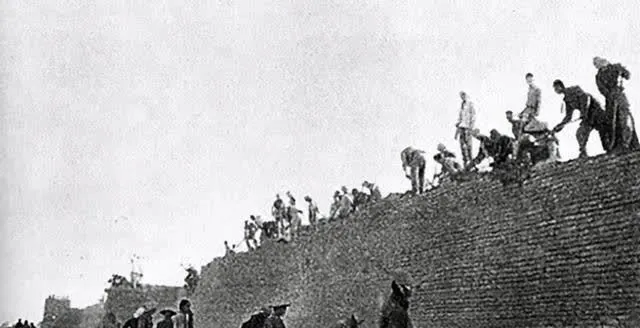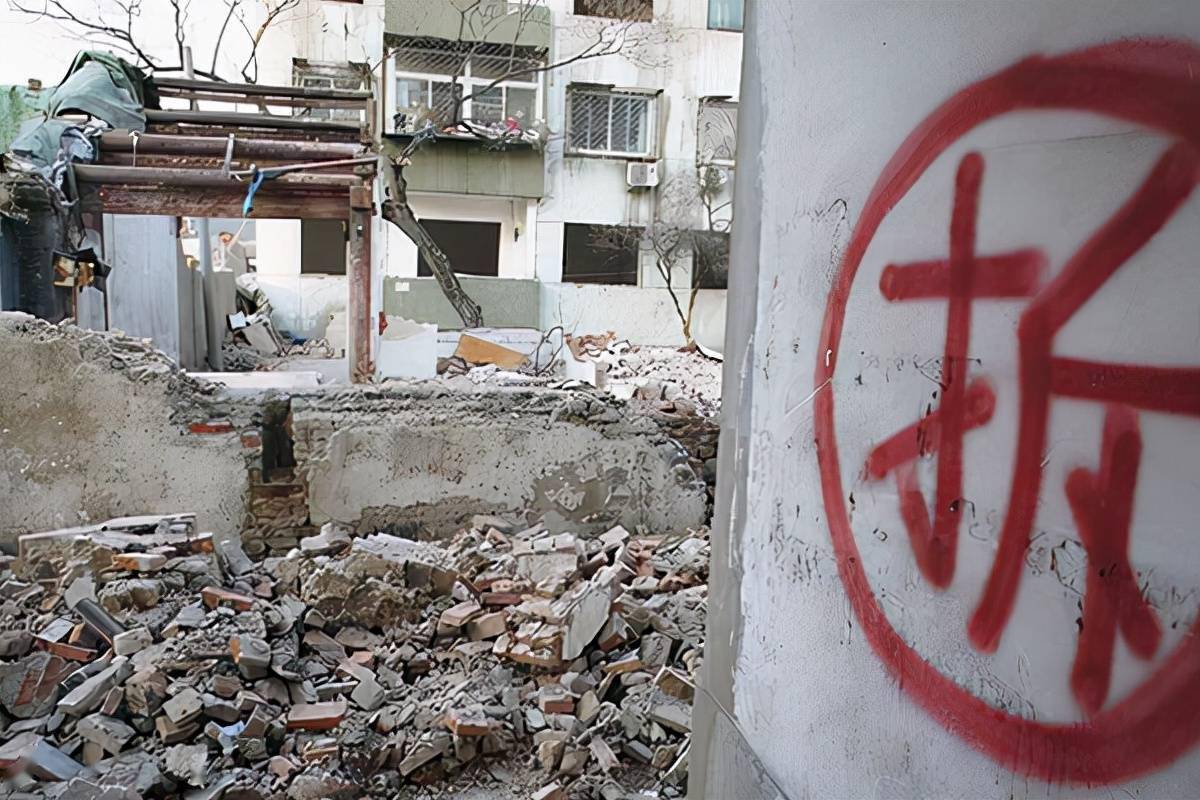
漢德百科全書 | 汉德百科全书
 Review
Review


“我先后主持拆除瓮城9座、城楼11座、城台12座、城门箭楼9座、箭台12座、城门闸楼1座、城角箭楼3座。共拆除城墙23.3公里,占全部城墙34.4公里的67.7%。”孔庆普将1953年至1958年称为北京城墙和城门的厄运期,而他正是这一厄运期的见证者、执行者。
之后,在“文革”期间,西、北、东大部分城墙被拆除,当时的基建工程队还误拆了原计划在地铁2号线施工中保留的西直门箭楼。此后,零星拆除工程不断。至今,已有600年历史的北京城墙基本被扫平,城楼、箭楼所剩无几。
孔庆普,1928年生于河北省高邑县武城村,1945年考入北京大学工学院土木系,1950年分配到北京市建设局工作,至1997年退休。







即传统北派武术中一部分拳术。查拳、华拳、炮捶、红拳均属长拳之列。古代也有专称长拳的拳种。现代新编国标武术长拳是中华人民共和国建立后发展起来的一个拳种,在武术运动中影响较大,有广泛的群众基础。国标武术长拳吸取了查、花、炮、红诸拳种之长,把长拳类型的手法、手型、步型、步法、腿法、平衡、跳跃等动作规格化,按照长拳运动方法编成各种拳械套路。它的特点是姿势舒展大方,动作灵活快速,出手长,跳得高,蹦得远,刚柔相济,快慢相间,动迅静定,节奏分明。是全国武术表演和比赛项目之一。长拳适合于青少年练习。从编排上看,它既有适合于基础训练的一面,又有适合于竞赛、提高的一面。它的内容包括拳、掌、勾三种手型,弓、马、仆、虚、歇五种步型,还有一定数量的拳法、掌法、肘法和伸屈、直摆、扫转、击响等不同组别的腿法及平衡、跳跃、跌仆、滚翻动作。



In den Jahren 1934/35 eroberten die zahlen- und waffenmäßig überlegenen Truppen der Guomindang (GMD/KMT) und der mit ihr verbündeten Militärmachthaber die kommunistischen Stützpunkte in Mittel- und Südchina.
Die Flucht
Die Fluchtmanöver der Roten Armee entwickelten sich zu „Langen Märschen“, die anfangs weder als solche geplant noch so bezeichnet wurden. Insgesamt waren daran vor allem vier Armeen beteiligt, die aus ihren jeweiligen Stützpunkten nacheinander aufbrachen: 1. Armee, 25. Armee, 4. Armee und 2. Armee. Die 1. und 4. Armee besaßen zu Beginn der Märsche jeweils mehr als 80.000 Soldaten, die 2. und 25. Armee jeweils weniger als 10.000, die Gesamtzahl lag zu Beginn bei etwa 180.000 Soldaten. Die 1. Armee traf im Herbst 1935 – nach Verlust von 90% ihrer Soldaten – im Norden der Provinz Shaanxi ein, die anderen Armeen folgten bis zum Herbst 1936; insgesamt erreichten weniger als 60.000 Soldaten den neuen Stützpunkt in der Nähe von Yan’an.

常家庄园,位于山西省晋中市榆次区东阳镇车辋村,是一座规模宏大的清代北方民间建筑群。
清代山西晋商常氏家族在自己的故乡车辋村进行了大规模的宅院建设。经过200余年的陆续修建,堡墙八道堡门的环围下,建起南北、东西两条大街,庄园共占地一百余亩。常家庄园是一座城堡式建筑,现存高大的东艮吉堡门坐西朝东,门前架有白色石拱桥。常家庄园有房屋1500余间,楼房50余座、园林13处。常家庄园经修复对外开放的面积约12万平方米,其中四万平米宅第,八万平米园林,主要是东西向大街南侧的原有院落。
Das Herrenhaus der Familie Chang im Dorf Cheli, Stadt Dongyang, Bezirk Yuji, Stadt Jinzhong, Provinz Shanxi, ist ein großer architektonischer Komplex der nördlichen Volkskultur aus der Qing-Dynastie.
 Music charts
Music charts

 Film & TV Produktion
Film & TV Produktion
 Companies
Companies
 Sport
Sport
 History
History
 Architecture
Architecture
 Vacation and Travel
Vacation and Travel